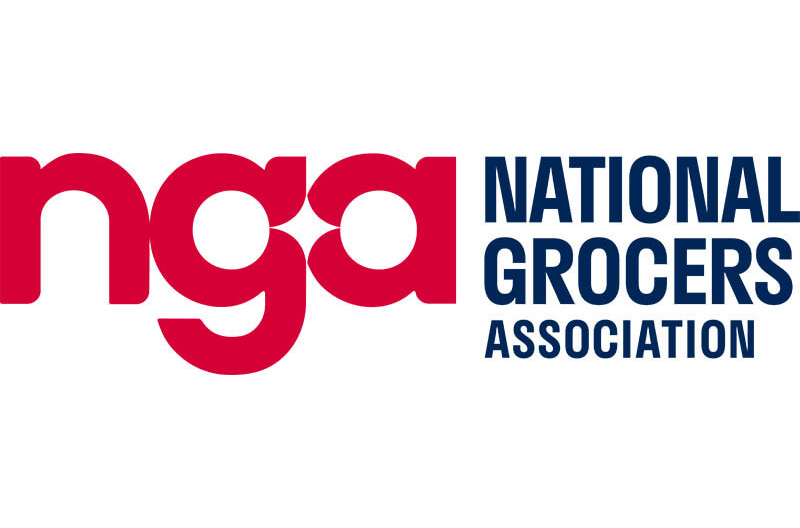by Jim Dudlicek / NGA Director, Communications and External Affairs
There is power in effective product positioning for your market. In a time of changing shopper behavior, it’s important to have criteria for valuing products and services to maximize consumer satisfaction.
In a recent webinar, the final installment of a three-part category management series hosted by the National Grocers Association and the Hamacher Resource Group, experts explored the importance of establishing a pricing philosophy, suggested building blocks for effective market strategies, identified consumer perceptions and “known value” items, examined the positioning of private label and considered how to deploy technology or AI solutions. The discussion was led by HRG’s Dave Wendland and Sean Grudzinski.
Here are some key takeaways from the discussion:
Positioning is the development of strategy that helps to influence how a particular market segment perceives a brand, good or service in comparison to the competition. “It’s one of the main ways a retailer communicates with a customer,” Grudzinski said. Executing an effective market positioning strategy requires that all the relevant parts of the organization – merchandising, marketing, operations, suppliers and the senior executive team – agree on the strategy itself and on the tactics to shape accurate perceptions.
Building and maintaining a consistent reputation among shoppers should be the goal of any retailer’s overarching approach to retail pricing strategies. “It’s all about perception,” Wendland said.
A solid foundation for any price system management is essential. There are several critical elements that must not be overlooked: product information management, price parity and relationships, competitive intelligence, ongoing maintenance and understanding your customer.
A surprisingly small number of items drive a retailer’s perception in the marketplace. Knowing which items are key to a consumer’s decision-making process – and managing them effectively – is a vital component of any strategy.
Examine your private label proposition. Treat your private label as a brand. Establish a consistent brand gap architecture. Recognize growth and acceptance of private label.
Differentiate to deliver value. Effective positioning goes beyond products on the shelf. It includes services, staffing, delivery, convenience, local sourcing and partnerships, along with loyalty programs and rewards. “What you put around the products is what differentiates and brings them to life,” Wendland said.
For more exclusive insights, view the complete webinar here.

